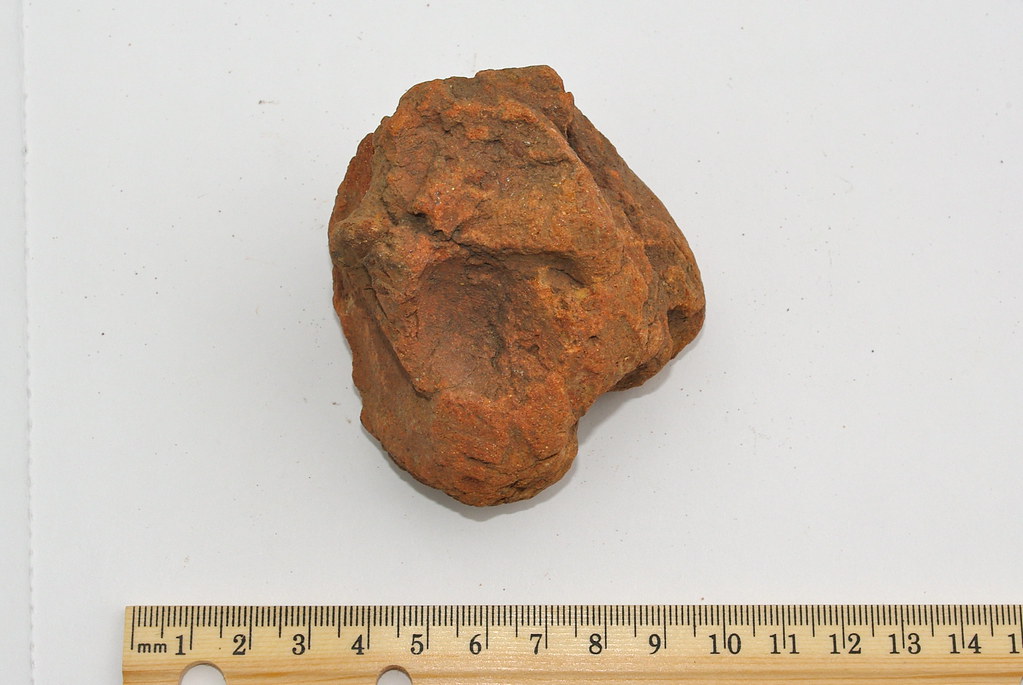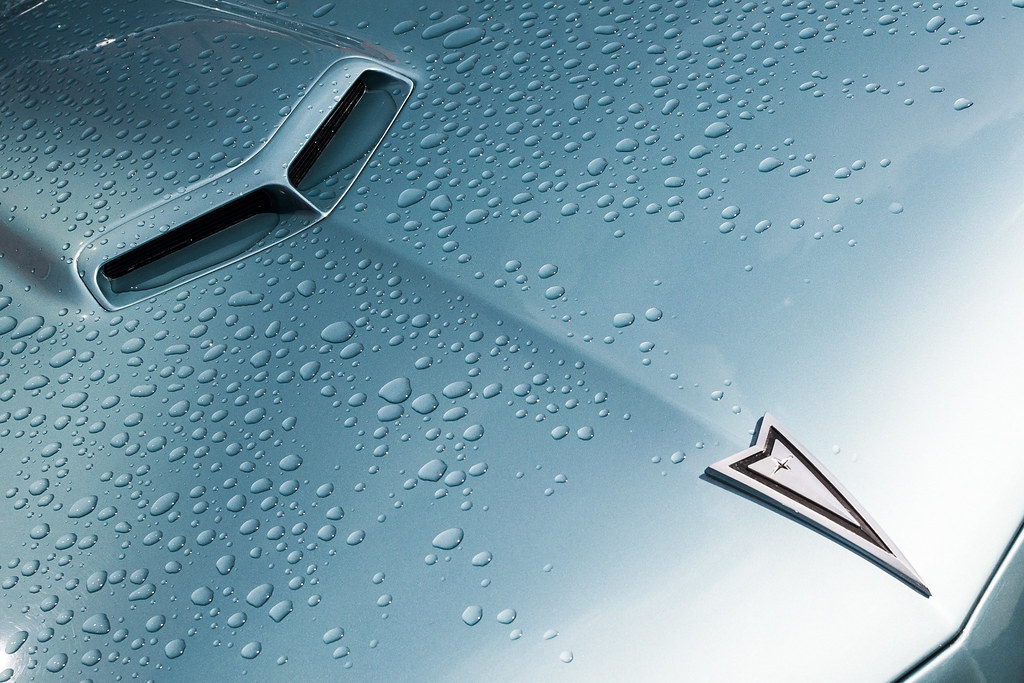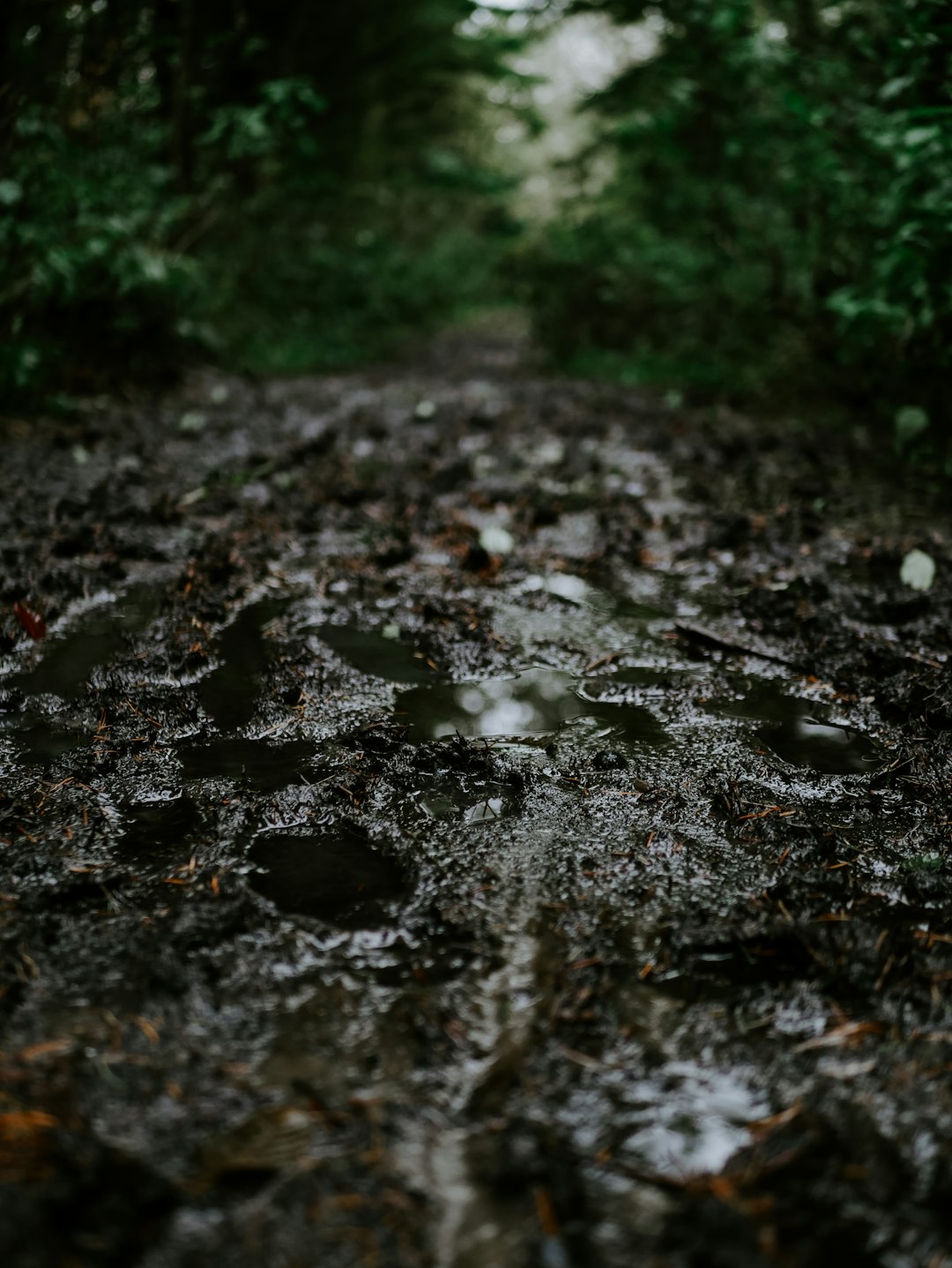Exploring clay for pottery wheel projects that do not require a kiln opens up a world of creative possibilities, making it accessible for home hobbyists and beginner potters alike. By using air-dry or self-hardening clay, artists can achieve beautiful results without needing the high temperatures of kiln firing, expanding their creative freedom and simplifying the storage and display of their creations. Below is a table outlining some popular types of clay suitable for a no-kiln pottery wheel experience, along with their unique characteristics and uses.
| Type of Clay | Characteristics | Uses |
|---|---|---|
| Air-Dry Clay | Dries naturally in air, no kiln needed, available in various colors | Sculptures, small pottery items, decorative pieces |
| Self-Hardening Clay | Hardens without kiln, usually textured and strong | Functional pottery, jewelry, art projects |
| Paper Clay | Mixed with paper fibers, lightweight, can be air-dried | Figurines, delicate sculptures, detailed work |

Choosing the Right Clay for Your Project
Diving into clay projects without a kiln invites a unique set of considerations, especially when it comes to selecting the right type of clay for your needs. Clay types can vary, so it's crucial to choose one that matches your project's requirements. Air-dry clay is a fan favorite among beginners because it allows creations to firm up naturally. Imagine crafting a delicate sculpture or a set of intricately detailed small pottery items that can dry on their own without the aid of heat. Wonders can be achieved by simply letting your pieces rest in a well-ventilated space.

On the other hand, self-hardening clay is your go-to option if you want something a little sturdier. It's generally a bit more textured, providing a robust feel to functional pottery pieces or unique jewelry items that hold up well over time. This resourcefulness makes it a prime choice for those cherished art projects that are meant to last.

For those who delight in detailed, ephemeral pieces, paper clay can be a great choice. Infused with paper fibers, it lends a lightweight and flexible touch, perfect for creating figurines or delicate sculptures requiring fine detail. This clay offers exciting possibilities with its easy handling and air-drying capabilities.
Getting Started with Your Clay Adventure
Once you've selected your clay, it's time to let your creativity take flight. Before jumping straight to your pottery wheel, consider starting with a small test piece to better understand the material's quirks and charms. Feel how it moves under your hands and responds to your tools.

- Work in Layers: Take your time building your piece layer by layer, ensuring that any intricate details are honed before your clay begins to set.
- Maintain Moisture: Keep your clay workable by spritzing it lightly with water as needed or covering it with plastic when you take breaks to prevent drying out prematurely.
- Smooth Transitions: For seamless surfaces, smooth out transitions and details with a damp sponge, bringing finesse to your final project.
Adding Personal Touches
Incorporating unique accents into your pottery projects can transform them from simple to sensational. Consider texturing the surface by gently pressing in natural elements like leaves or linen cloths to imprint intricate designs. These natural impressions not only add beauty but also depth and dimension to the finished piece.

Want to bring a bit of color into the mix? While most air-dry clays come in neutral tones, they can be painted once dry. Use acrylic paints to bring your creations to life with vibrant colors or soft pastels, depending on your mood. Sealing your work with a clear varnish can provide extra protection and a glossy finish, enhancing the durability and appearance of your pottery. Explore the summer air dry clay arrangement techniques for more inspiration.
Whether you're crafting a functional item or a purely decorative piece, the satisfaction of creating something with your hands—without the need for a kiln—can be immensely rewarding. As you shape and paint your projects, remember that the only limit is your imagination.
Have you tried creating pottery without a kiln? We'd love to hear about your favorite techniques or the unique challenges you've overcome in the comments section below, so don't hold back—share your clay adventures with us! Check out our recent articles for more ideas and techniques.
No Kiln Pottery – 3 Ways
Exploring clay for pottery wheel projects that do not require a kiln opens up a world of creative possibilities, making it accessible for home hobbyists and beginner potters alike. By using air-dry or self-hardening clay, artists can achieve beautiful results without the need for traditional kiln firing. To further delve into kiln-free techniques, Andy Ward’s Ancient Pottery presents three practical methods in the video “No Kiln Pottery – 3 Ways,” offering valuable guidance for potters seeking alternative firing options.
Which Type of Clay Is Best for a Pottery Wheel?
Stoneware clay is a fantastic option for anyone interested in using a pottery wheel without necessarily relying on a kiln. It’s smooth enough to throw easily while remaining sturdy enough for hand-building. Plus, stoneware’s forgiving nature makes it a perfect starting point if you’re new to wheel throwing.
Can You Use a Pottery Wheel with Air-Dry Clay?
While you can technically use air-dry clay on the wheel, it tends to be softer than traditional kiln-fired clays. This softness increases the likelihood of the piece collapsing or “flopping,” especially for beginners. If you decide to experiment with air-dry clay, work slowly, keep your projects smaller, and be prepared for a steeper learning curve.
Do You Need a Kiln for a Pottery Wheel?
Having a dedicated pottery kiln isn’t your only option. Alternatives like pit firing or using a community kiln at a local workshop also work for finishing wheel-thrown pieces. These methods still deliver impressive results, so if you’re aiming for a “clay for pottery wheel, no kiln” approach, don’t hesitate to explore these innovative firing techniques or seek out collaborative studio spaces.
Incorporating clay that doesn’t require a kiln into your pottery wheel projects truly democratizes the art of pottery. It allows anyone with a passion for creating to dive in without the hefty investment or space that traditional kiln setups demand. Whether you’re sculpting delicate vases or crafting sturdy bowls, air-dry and self-hardening clays offer a versatile medium to bring your artistic visions to life.
Stay Connected and Keep Creating
I'd love to see the beautiful pieces you create and hear about your experiences with kiln-free pottery. Be sure to follow us on Instagram for more tips, inspiration, and a supportive community of fellow pottery enthusiasts. Let's continue exploring the endless possibilities together!
